
ThatAnkhLife Pineal gland, Third eye, Eye of horus
The pineal gland has a romantic history, from pharaonic Egypt, where it was equated with the eye of Horus, through various religious traditions, where it was considered the seat of the soul, the third eye, etc. Recent incarnations of these notions have suggested that N,N-dimethyltryptamine is secret.

Ancient Egyptian Fractions of The Pineal Gland or Eye of Ra (Third Eye) Ancient civilizations
The pineal gland is a cone-shaped brain structure the size of a rice grain. It produces a variety of neurochemicals, most notably the feel-good chemical serotonin and the sleeping hormone melatonin. Humans have praised the pineal gland for thousands of years. The Egyptian Eye of Horus represented power, protection, and good health.

Pin by M 8668 on EGYPT Eye of horus, Pineal gland, Third eye
Abstract and Figures. Pineal gland or "spiritual third eye" is regarded as the gateway of spiritual life as per ancient concepts about the soul. Recently, modern neuroscience has proven that.
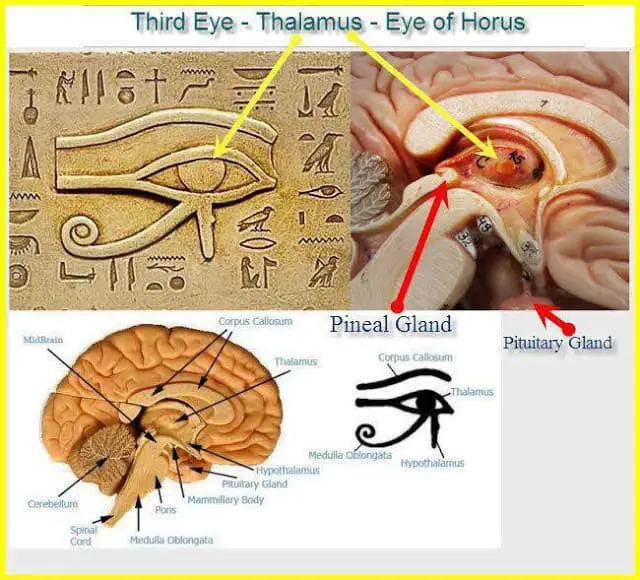
The Ancient Egyptians Knew How to Unleash the Power of the Pineal Gland Ancient Code
The eye first symbolizes the evil repelled, but it also represents health and physical integrity, the unity of beings in a single entity, knowledge and total vision. In Egypt, it is found in many medallions, and they are destined to bring good luck to their owner.

The Pineal Gland/Third Eye/Eye of Horus Worth Knowing That
Pineal Gland—The Mystery at the Center of The Brain Is it a seat of the soul? The third eye? Or simply the pine nut gland with a false mythical status? Location: The Pineal Gland is a cone shaped structure about the size of the pine nut at the center of the brain. It weighs about 0.2 grams (National Institutes of Health, n.d.).

The Ancient Egyptians Knew How to Unleash the Power of the Pineal Gland Pineal gland, Eye of
The pineal gland is a small gland located in the brain. Sometimes, it is called "The Eye Of Horus" and everytime it doesn't work properly, we get in trouble. Why?
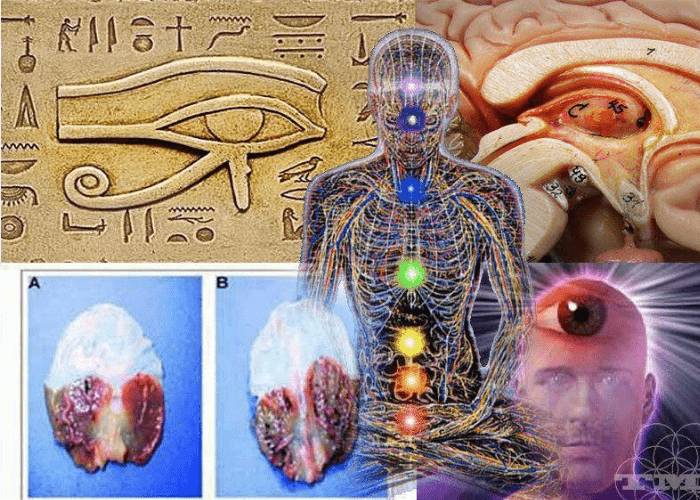
Pineal Gland Eye of Horus Ancient Egyptian History [2023] The Horus Eye
One of the most wondrous parts of our physical body is the Pineal Gland . It is also called the epiphysis cerebri, epiphysis, conarium or the "Third Eye." It is a small endocrine gland in the vertebrate brain. It produces serotonin and melatonin, hormones that affect mood and modulate our wake/sleep patterns and seasonal functions.

Pineal Gland (3rd Eye) Biggest Secret Hidden from Humanity
The pineal gland is often known as the Egyptian third eye, or the mystical eye of Horus. Eastern cultures believe that it is the mysterious chakra point residing between the center of your eyebrows. And it is the part of you which can summon and invoke the supernatural in you. The pineal gland is an unpaired midline brain structure.

pineal gland eye of horus Google Search in 2020 Kemetic spirituality, Egyptian symbols
For example, in Ayurvedic philosophy, the third eye is represented by the Ajna chakra and in Ancient Egypt, the symbol of the Eye of Horus mirrors the placement of the pineal gland in the profile of the human head. The third eye is connected to clarity, concentration, imagination and intuition.

Pin on Spirit Science
Modern scientific research regards the pineal gland as an old photoreceptor. In certain species it is linked to a parietal eye also called a third eye. Philosophers, such as Rene Descartes, believed the pineal gland was the seat of the soul. The ancient Egyptians believed The Eye of Horus provided protection.
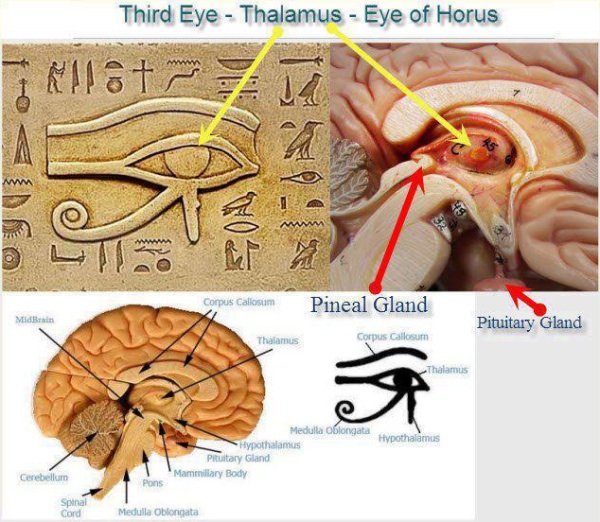
PineCone and Third Eye Symbolism, page 1
The name "third eye" comes from the pineal gland's primary function of 'letting in light and darkness', just as our two eyes do. This gland is the melatonin-secreting neuroendocrine organ containing light-sensitive cells that control the circadian rhythm (1). The

eye of horus pineal gland Google Search Ancient Knowledge Pinterest Europe, Marketing
The pineal gland has been shrouded in mystery for millennia. To appreciate the complex sociocultural history of the pineal gland fully, we must go all the way back to the Greek physician and philosopher Galen (129-c.216). He studied it extensively, naming it after the nuts found in the cones of the stone pine. However, Galen's understanding of the ventricular apparatus of the brain was.

Eye of Horus , Eye of Ra , Thalamus , Pineal Gland, Third Eye, Egyptian symbol Pineal Gland
The pineal gland is also described as the main organ that connects humans to source and helps people tap into the non-physical such as intuition and spirituality. In addition, it is described as imperative in consciousness wellbeing. 'The pineal gland is known as the third eye chakra, or ajna chakra in the Hindu system.
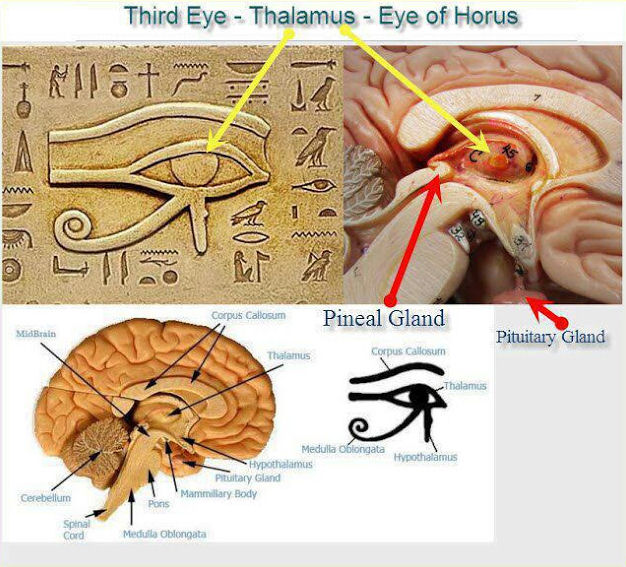
Pineal Gland and Third Eye In Depth Research Awaken Consciousness
The eye of Horus and the eye of Ra both take an important place in Egyptian iconography, and bear a striking resemblance to the pineal gland as it is situated in the brain. Once again, these images are also often associated with snakes, emerging from the gland and the center of the forehead, indicating wisdom.

Ancient History Aliens — Ancient History Aliens Pineal gland, Eye of horus, Third eye
French philosopher René Descartes believed that the pineal gland, a tiny button of neurons located in the depth of our brain, was the seat of the soul.. Today, thanks to palaeontology, genetic.
Pineal Gland vs Eye of Horus r/ChakraTherapy
The Pineal Gland: Its history, symbolism and physical functionality. The pineal gland is located deep within the centre of our brain and has been revered for thousands of years by ancient civilisations for its functionality and spiritual significance to the human experience. Jesus said that the lamp of the body is the eye and the philosopher.